Innovative Sediment Distribution Pipe For Targeted Placement
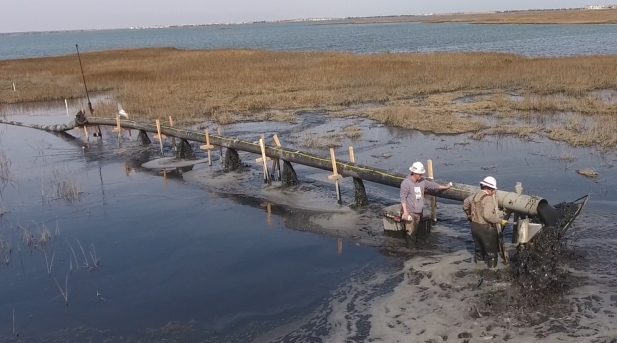
All Natural or Nature-Based Feature (NNBF) projects along the coastline involve the construction of features that require, or would benefit from, targeted placement of sediment with specific gradation characteristics. These projects include marsh restoration projects where coarse-grained sediment (sand) is desired for building levees to improve containment of fine-grained sediment (silts and clay) material for […]
Engineering With Nature: An Atlas, Volume 2
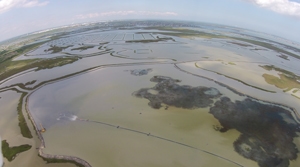
There is tremendous interest internal to USACE and elsewhere to integrate a suite of EWN case studies that highlight natural and nature-based features (NNBF) projects. In turn, this Special Report will provide an inventory complementary to Volume 1, comprised of a diverse grouping of projects (national and international), that exemplifies the utility of EWN solutions.
A Guide to Engineering with Nature for Native Plant Community Development on Dredge Material Placement Areas
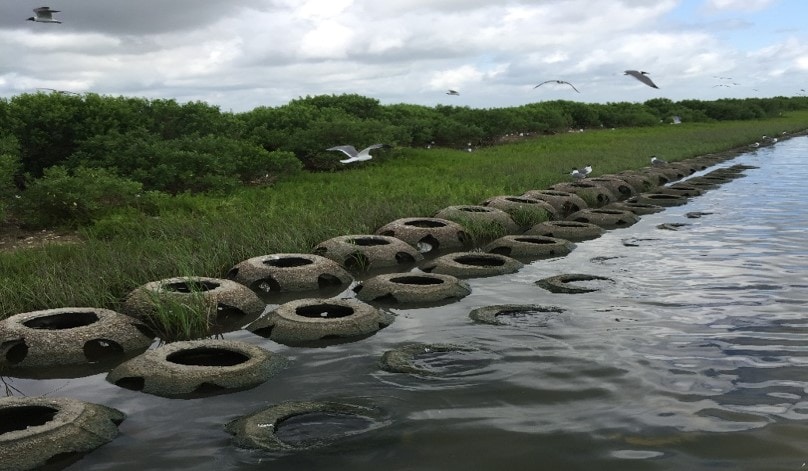
This EWN Action Project will provide guidance highlighting the use of native plant communities as vegetative treatments providing effective, low cost solutions, to stabilize dredged material placement areas and confined disposal facilities while providing engineering and environmental benefits. Two workshops will be held to develop case studies for the purpose of demonstrating planting techniques with […]
Synthesizing Beneficial Use of Dredge Material (BUDM) Efforts Undertaken by USACE into EWN ProMap
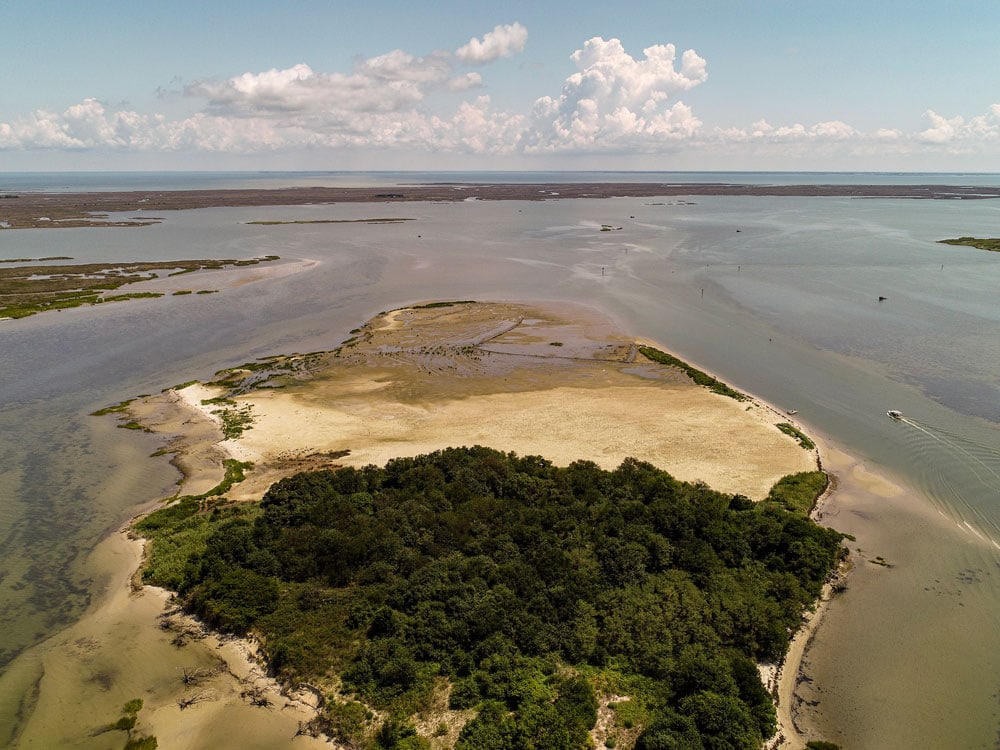
Since the enactment of Section 204 of the 1992 Water Resources Development Act and subsequent amendments, the U.S. Army Corps of Engineers (USACE) has progressively used dredge material beneficially for myriad of uses ranging from construction and agriculture activities to the creation and enhancement of entire ecosystems as well as remedial activities such as beach […]
Developing Engineering Guidance for Natural and Nature-Base Features
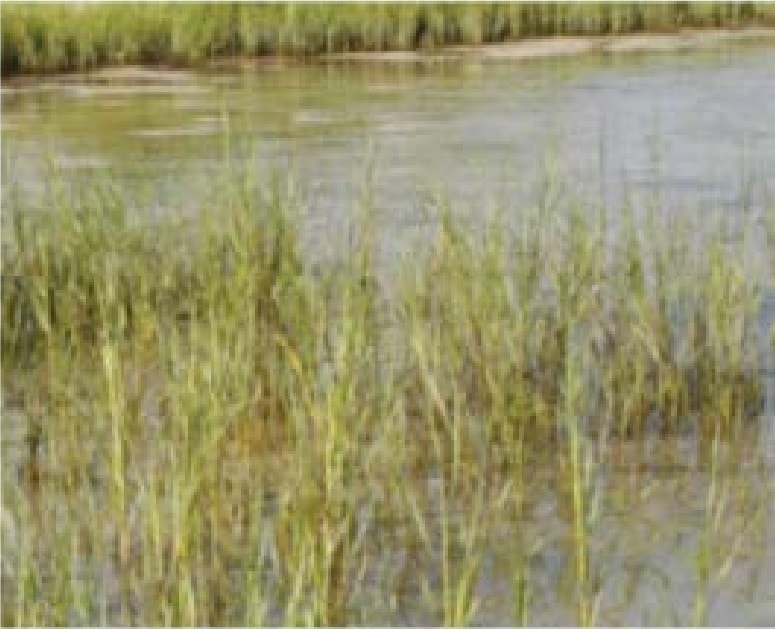
Natural structures are resilient, adapting to changes in physical, biological, geologic, and chemical processes. Nature-based features (NNBF) created by humans to provide specific services, such as coastal risk reduction. The use of natural and nature-based features in engineering design incorporates natural processes into the structure or project design, in order to take advantage of the […]
Documentation of EWN Successes: Filling the Beneficial Use Gap
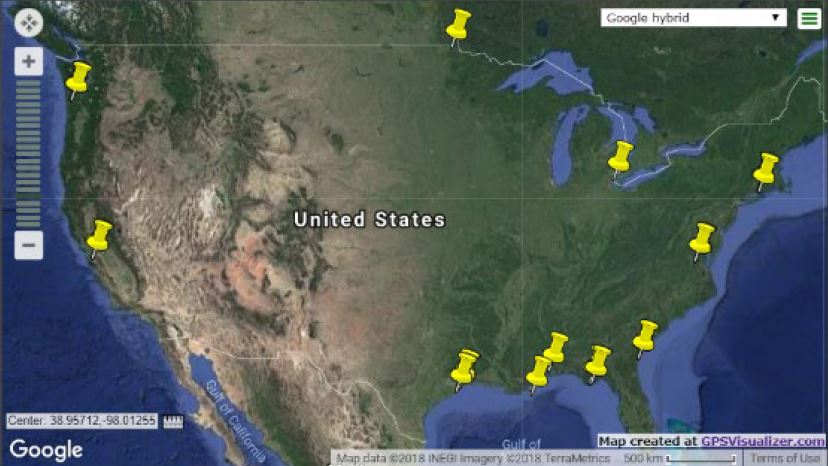
Dredged materials can be used to improve ecological outcomes while maximizing navigation benefits. Few studies document mid- to long-term project benefits and USACE success stories remain poorly advertised. The purpose of the work unit is to “fill the gap” between recently restored systems and their mature counterparts, providing a framework to develop restoration trajectory curves […]
Evaluation of Bioaccumulation Control in Aquatic Sites Using Activated Carbon
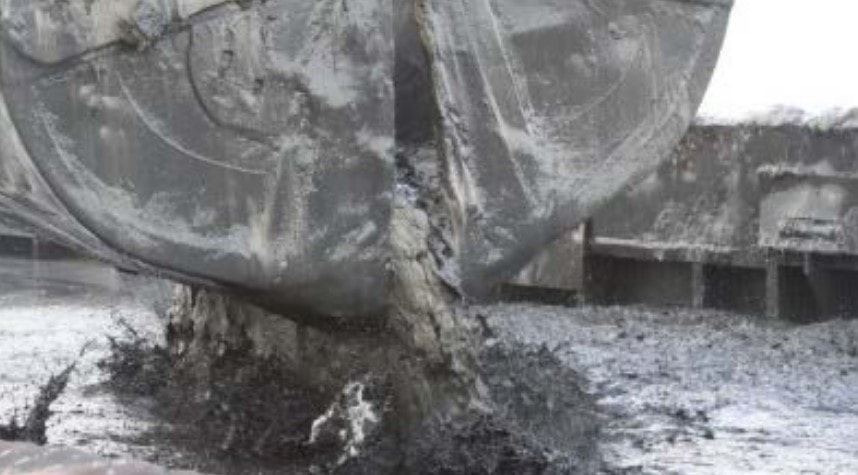
Sediments in the urban harbors often exhibit elevated levels of PCBs bioaccumulation, limiting their suitability for beneficial use or placement in aquatic sites. Amendment of dredged material in the bioactive zone with activated carbon has the potential to provide bioaccumulation control, permitting expanded use of aquatic placement where CDF capacity is being exhausted. Prior to […]
EWN Atlas Highlighting NNBF Projects
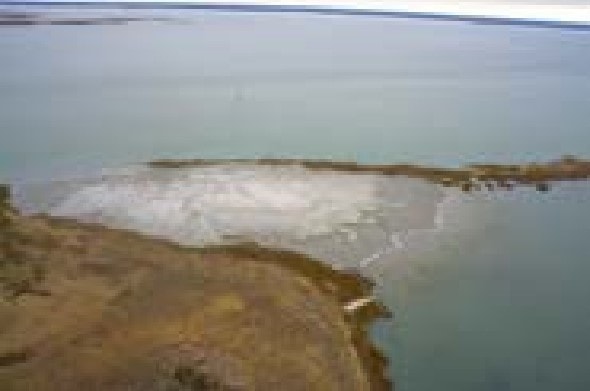
There is tremendous interest internal to USACE and elsewhere to integrate a suite of EWN case studies that highlight natural and nature-based features (NNBF) projects. In turn, this “Atlas” Report would provide an inventory, which is comprised of a diverse grouping of projects (national and international), that exemplifies the utility of EWN solutions.
Parametric Study of Belowground Biomass on Short-term Dune Evolution
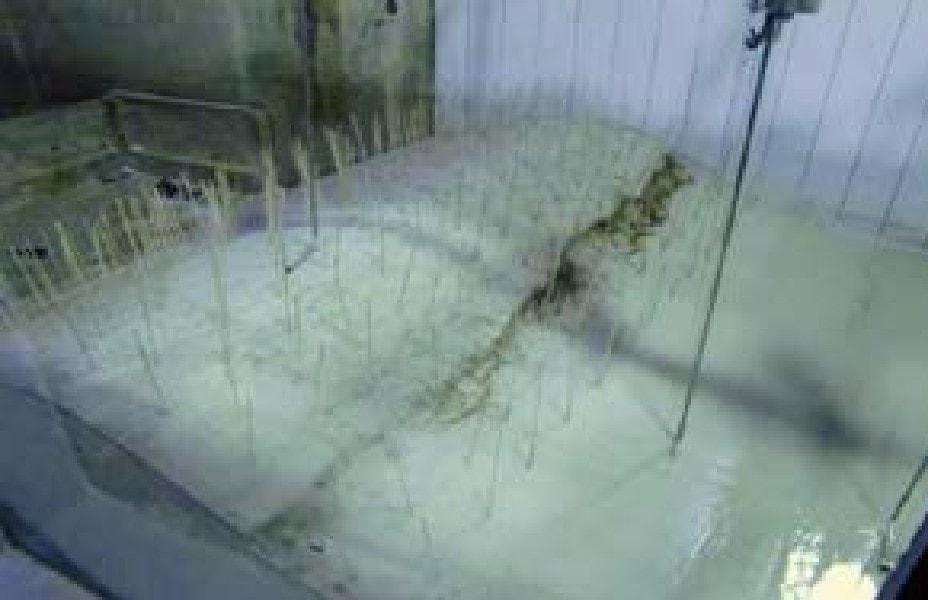
Dunes have, and continue to be, natural or engineered features which prevent or delay flooding of inland areas by waves and storm surge. Currently, morphological models do not consider the effect of vegetation when estimating short-term dune response to erosional events. A previous study showed that aboveground and belowground plant structure significantly reduced the erosion […]
Wave Attenuation in Vegetation

The bottom friction dissipation in spectral wave models (SWAN, MIKE SW, STWAVE, etc.) is commonly frequency dependent, while the dissipation due to vegetation only partially accounts for the frequency of the various wave components. For the bottom friction term, the shorter waves may locally be in deep water conditions, while the longer waves are in […]

